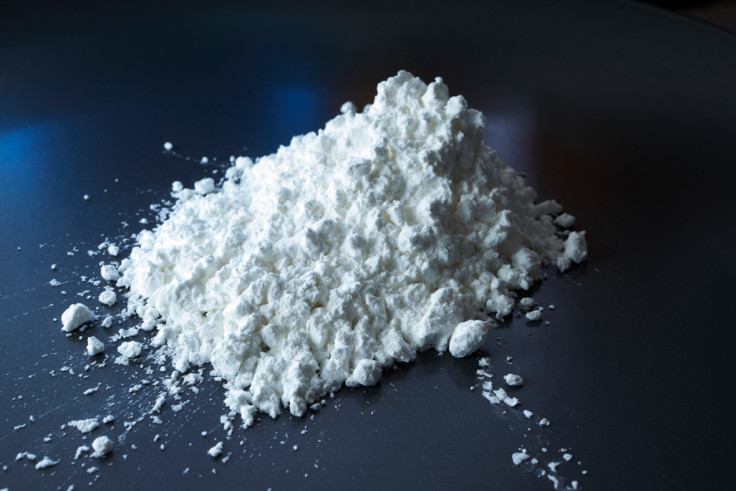Cocaine addiction creates a build-up of iron in the brain
The findings open up new avenues for research into cocaine addiction treatments.

People suffering from a cocaine addiction display abnormally high concentrations of iron in their brain, scientists have found. Their findings raise the hope that treatments will one day be developed for this devastating addiction.
Estimates are hard to come by, but the latest report by the UK government's Advisory Council on the Misuse of Drugs pointed out that almost one in 10 of all 16-to 59-year-olds in the country have already used cocaine in their lifetime. Cocaine powder was found to be the second most common illicit drug used by people after cannabis.
However, there are no pharmacological treatments available to date to help people who struggle with an addiction. This is despite significant efforts in recent years to understand the biology of addiction and how cocaine-users brains may differ from that of non-users.
One of the differences that has been identified is that a part of the brain known as the putamen brain nucleus is enlarged in cocaine-addicted patients.
Dr Karen Ersche and her team, from the University of Cambridge, wanted to better understand the cause of this particular brain abnormality, which they had regularly seen in people with cocaine addiction.
They already knew that chronic cocaine use impairs innate immunity and renders chronic cocaine users vulnerable to infection and inflammation.
In their study published in Translational Psychiatry, they hypothesised that cocaine use may disrupt iron regulation, and accumulate more iron in the brain. This suspicion was further fuelled by the fact that cocaine-addicted participants in previous studies showed particularly low iron concentration in the blood.
Brain volume and iron
Using innovative scanning methods, the scientists analysed the brain tissue of 44 people who were addicted to cocaine and 44 healthy control volunteers. They observed excessive iron accumulation not in putamen, as they initially predicted, but in a neighbouring and closely connected region called the globus pallidus, which is known to act as a 'break' to inhibit behaviour – a function people with cocaine addiction have difficulties with.
The researchers also drew blood samples and found lower levels of iron in the blood, which further supported the idea of disruptions in the regulation of iron, in people with cocaine addiction.
The scientists also discovered a striking link between duration of cocaine use and iron concentration: the longer people had been using cocaine, the greater the accumulation of iron in their brain.
"For the first time, we demonstrated in humans that chronic cocaine use is associated with excessive iron accumulation in the brain, and this increases the longer people have been using cocaine", Ersche told IBTimes UK.
It is not clear why this occurs, but one hypothesis is that cocaine disrupts iron metabolism, by reducing the absorption of iron from food and by increasing the permeability of the blood-brain-barrier so that more iron enters the brain.
Potential applications
Although we are a long way away from these findings leading to the discovery of drug treatments, the research opens up interesting new avenues for research.
"Although neuroscientific research has greatly advanced our understanding of addition, we still know surprisingly little about the neurobiological mechanisms by which stimulant drugs interact with vulnerability factors in the brain, which leads to the observed brain abnormalities that we measure with MRI scans", Ersche said.
"Our findings of iron dysregulation in cocaine addiction now raises several important questions including, how this abnormality develops over time, whether iron deficiency increases the vulnerability to developing stimulant addiction, whether it contributes to the persistence of addiction, or if it could accelerate brain ageing".
The scientists hope that future studies will help clarify whether iron might provide a therapeutic target for cocaine addiction, either through addressing peripheral iron deficiency to modify the course of addiction, or by slowing or reversing the central accumulation of iron.
© Copyright IBTimes 2025. All rights reserved.






















